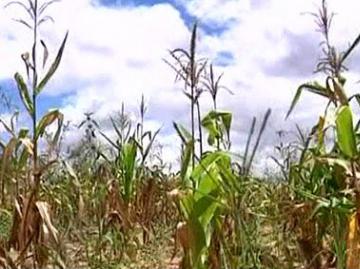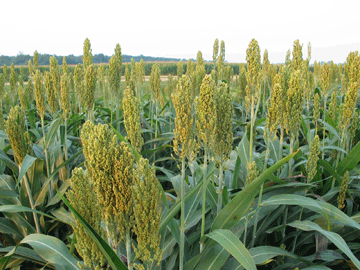Climate change increases the frequency and severity of extreme weather events, such as drought and flooding. Climate change also makes it increasingly difficult for people to accurately predict the weather and to prepare for extreme weather events.
Farmers in developing countries are particularly vulnerable to climate change, because their livelihoods depend on their ability to effectively manage weather-related risks. It is for this reason that farmers need to adapt effectively to climate change.
Our approach
We help farmers in developing countries to implement ‘climate-smart’ agricultural interventions. These interventions build farmers’ adaptive capacity to climate change by:
- building assets to help families overcome poverty;
- introducing interventions to make crops more heat-resistant;
- reducing farmers’ vulnerability to environmental factors.
We help farmers to diversify their income, for instance, by providing training in off-farm, income-generating activities and by helping them to move from subsistence agriculture towards market-oriented agriculture. Having different sources of income enables farmers to save money and increase their resilience to climate change.
To increase farmers’ adaptability to heat and drought, we also teach farmers about drought-tolerant, disease-resistant seeds. We supply farmers with these seeds or information on where to buy them. For instance, specific types of cabbage cope better than other cabbages with hotter temperatures.
We also teach farmers interventions that enable them to improve crop yields, nutrition and household incomes. Farmers learn how to intensify their production, when to plant for optimum yield, how to dry and store seeds and surplus stocks and how to implement methods such as raised bed farming to protect crops from extreme weather events.
Despite the benefits of climate-smart agriculture farmers may require additional incentives to implement interventions. This is because the increases in crop yields may be modest and the interventions can require a lot of labour. For instance, farmers may need to terrace very steep soil. We sometimes provide additional incentives and climate education in order for farmers to appreciate the long-term benefits of climate-smart agriculture.
Climate-smart agriculture projects
Read about how World Vision has helped farmers in eastern Kenya to overcome poverty and reduce their vulnerability to environmental factors through climate-smart agriculture.


